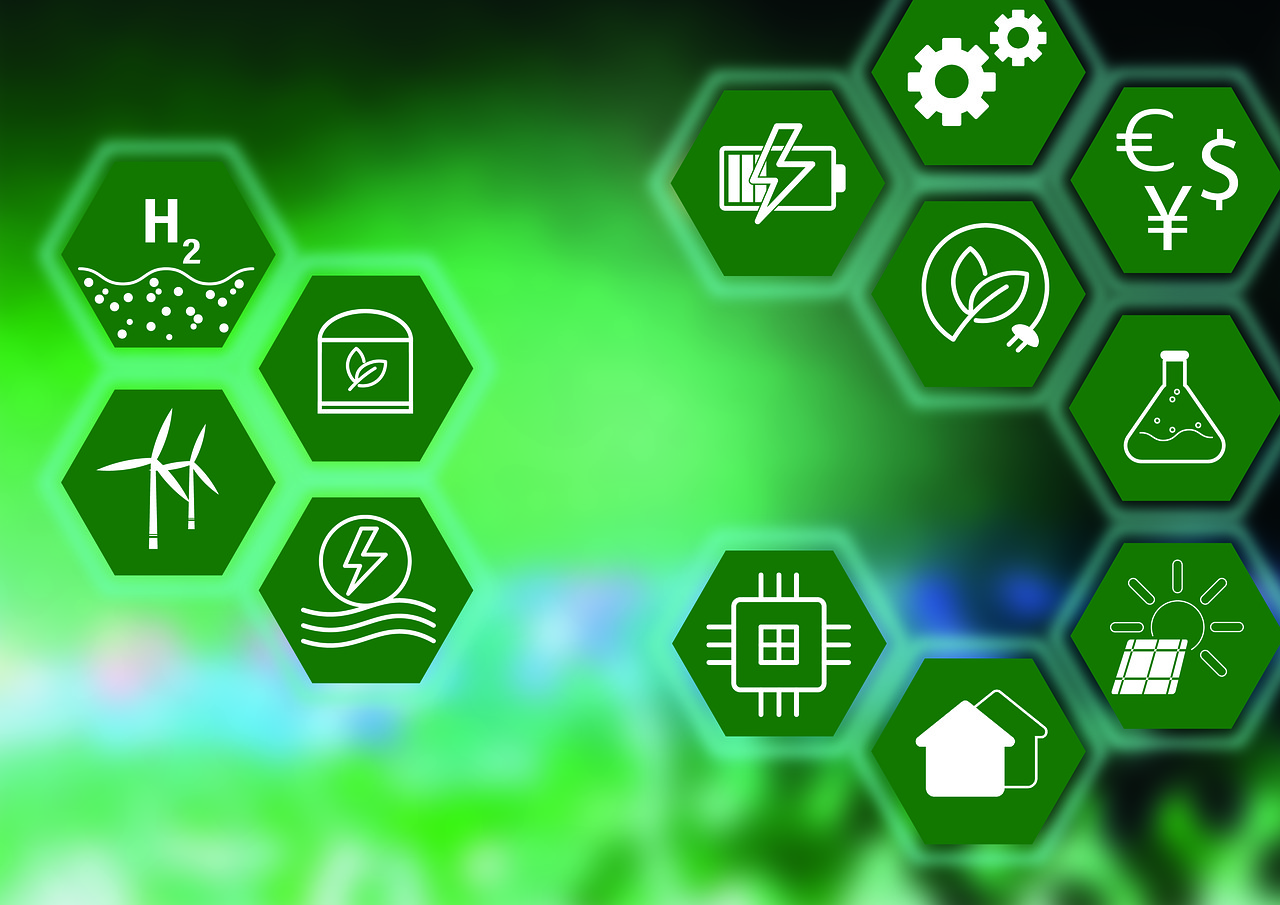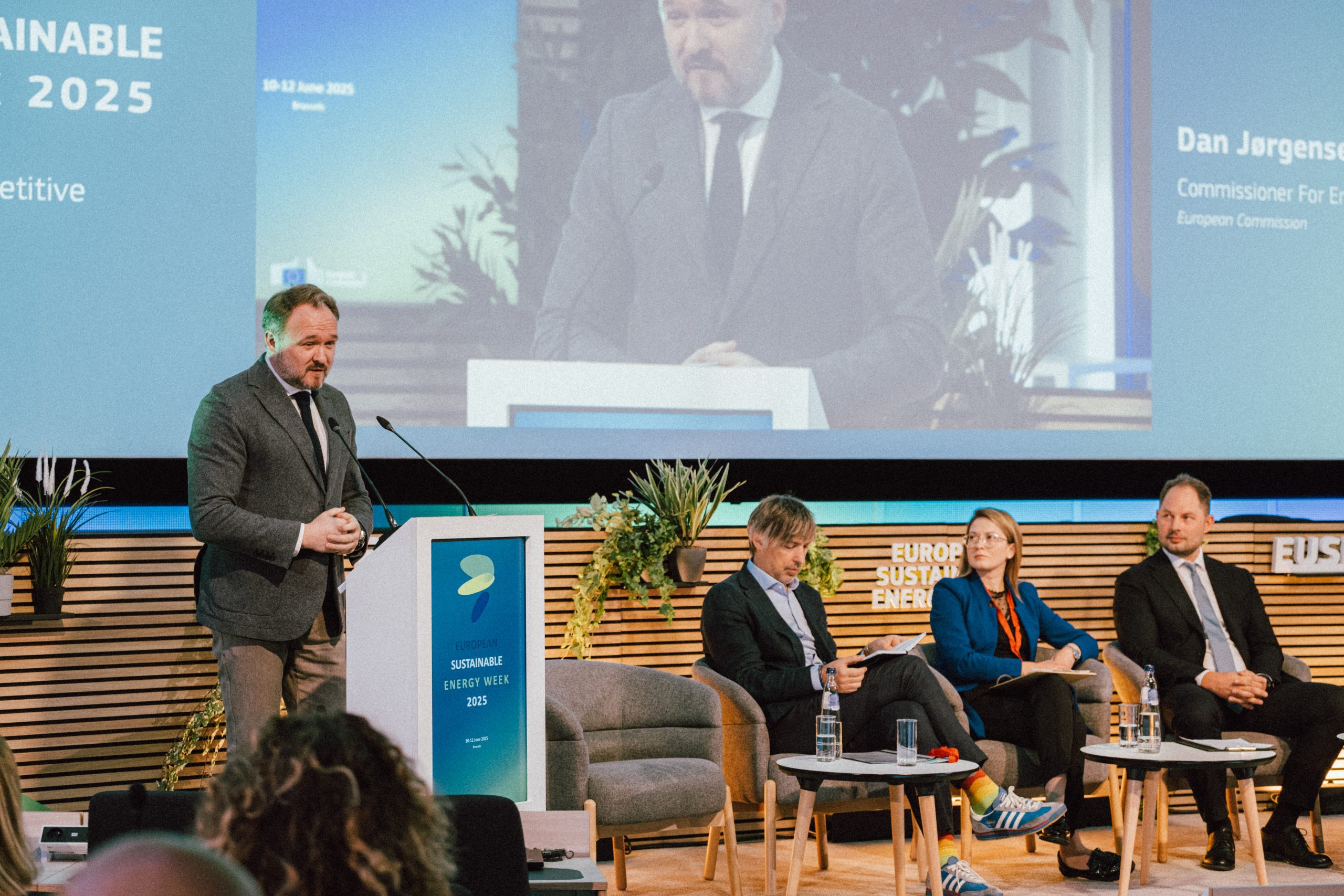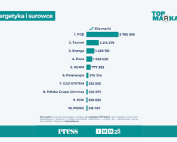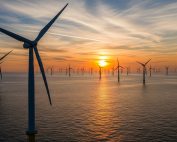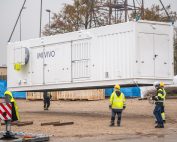Researchers at Finland’s LUT University of Applied Sciences, commissioned by St1 and Fortum, have mapped the conditions necessary for electricity production in the Perämeri region. The region has great potential to become a center for carbon-free steel, fuel, and chemical production. This development will require a significant increase in wind capacity.
The Baltic Sea region has excellent potential for electricity production. The region could produce about 100 TWh of wind energy per year in the future if all the planned projects come to fruition. This is more than the annual electricity consumption of the whole of Finland.
Hannu Karjunen, junior researcher at LUT University, notes that there are several wind farm projects in various stages of development in the region. There is also demand for new wind projects – onshore and offshore.
If the plans of the Swedish state mining company LKAB (Luossavaara-Kiirunavaara Aktiebolag) come to fruition, more and more carbon-neutral steel will be produced in the Perämeri region in the future. This will result in an increase in electricity demand of about 50-55 TWh per year, the release reads. In addition, significant amounts of electricity will be needed to produce power-to-x (P2X) products such as hydrogen and synthetic fuels. According to the report, they could be produced from, for example, biobased carbon dioxide from the pulp industry.
Investments in power transmission are needed
Electricity transmission capacity in the region must be significantly increased. It has been estimated that the unit cost of electricity transmission in Finland is lower than in Sweden. Electricity transmission capacity is expected to increase 4-5 times.
The Perämeri region has the potential to become one of the most important hydrogen clusters in the Nordic countries. However, this requires strong Nordic cooperation. While the study focuses on wind power, it also shows how massive are the amounts of clean electricity needed to build a hydrogen economy. Moreover, the Baltic Sea region is one of the most interesting in the Nordic countries: it combines extensive wind farm plans, industrial carbon emissions, and good logistical connections.
Source: LUT University
